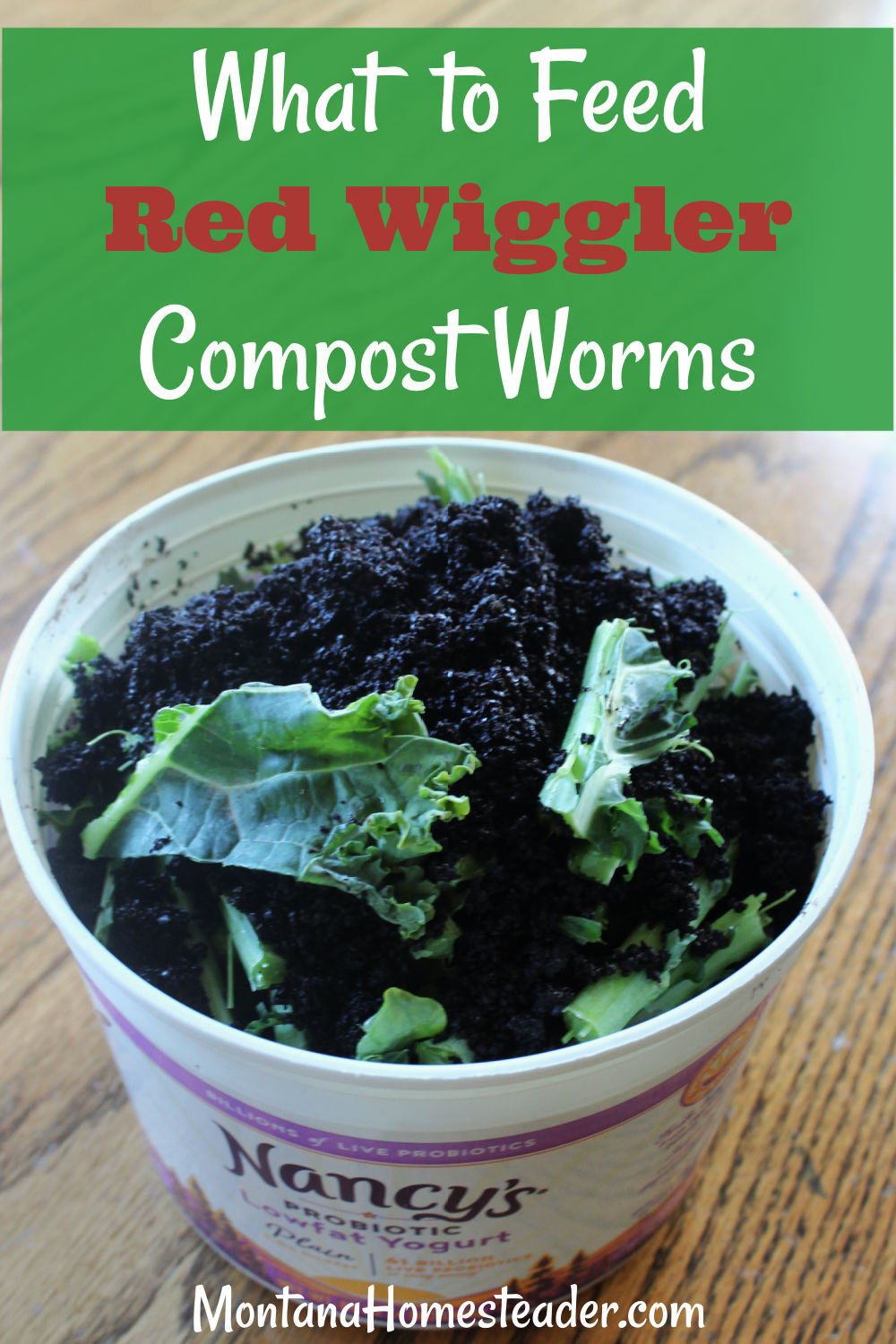Unlock the Secrets of Red Wigglers: Your Guide to Composting Success
The integration of red wigglers into composting techniques offers a considerable chance for enhancing dirt wellness and advertising sustainability. Recognizing their requirements and behaviors is essential for maximizing their possibility, from setting up an appropriate worm bin to feeding them the appropriate products.

What Are Red Wigglers?
(Red Wiggler Express)Red wigglers, medically referred to as Eisenia fetida, are a types of earthworm mainly utilized in composting as a result of their amazing ability to decay organic matter successfully. These worms are defined by their reddish-brown coloration and a fractional body, usually measuring in between 3 to 4 inches in length. Unlike various other earthworm types, red wigglers thrive in abundant, organic settings, making them perfect for vermicomposting systems.
Indigenous to North America, they are often discovered in rotting fallen leaves and compost heaps, where they play an important duty in nutrient recycling. Their adaptation to staying in a moist, cardiovascular setting enables them to eat large amounts of natural waste, simplifying right into nutrient-rich spreadings that enhance soil health.
Red wigglers replicate rapidly, with a single worm with the ability of generating several cocoons every week, each having multiple hatchlings. This rapid reproduction rate adds to their performance in composting operations. They choose temperature levels in between 60 ° F and 80 ° F, and their activity degree enhances substantially within this array, further helping in the decay procedure. Understanding the biology and behavior of red wigglers is necessary for maximizing their potential in composting applications.
Benefits of Using Red Wigglers
Utilizing the power of red wigglers in composting provides many benefits that boost dirt health and wellness and advertise lasting waste monitoring. These impressive microorganisms successfully damage down raw material, changing kitchen scraps and backyard waste right into nutrient-rich vermicompost. This ended up item is exceptionally useful for plant growth, as it improves soil framework, raises dampness retention, and improves nutrition schedule.

(Red Wiggler Express)In addition, the visibility of red wigglers in your composting system can speed up the composting procedure, generating top notch compost in a portion of the moment compared to typical techniques. The castings generated by these worms are likewise including beneficial microbes that even more enrich the dirt community.
Establishing Up Your Worm Bin
Developing an efficient worm container is a simple procedure that can substantially enhance your composting initiatives. The primary step is selecting an ideal container. Worm bins can be made from plastic storage space containers, wooden boxes, or readily available worm containers. Ensure have a peek at this site the container has adequate drain and ventilation holes to keep ideal moisture degrees and air movement.
Following, prepare the bedding material, which serves as the worms' habitat. A mix of shredded paper, cardboard, and coconut coir functions well, providing a comfortable atmosphere for the worms.

Feeding Your Red Wigglers
To guarantee the health and performance of your red wigglers, it is vital to supply them with a balanced diet that fulfills their nutritional needs. Red wigglers prosper on a diverse array of natural materials, which not just provide required nutrients yet likewise promote reliable composting.
Beginning by integrating kitchen scraps such as veggie peels, fruit cores, and coffee grounds. Stay clear of citrus fruits, onions, and garlic, as these can be damaging to worm health. In addition, introduce shredded paper, cardboard, and completely dry leaves to develop a well-aerated atmosphere.
Feeding frequency need to be kept track of; generally, worms can take in half their body weight in food weekly. It is crucial to prevent overfeeding, as excess food can lead to undesirable smells and draw in parasites. An excellent method is to include food in little quantities, allowing worms to refine it prior to introducing a lot more.
Maintaining wetness levels is likewise vital; the bed linen needs to perspire however not soaked. Be certain to regularly inspect the temperature level and pH degrees of the bin to ensure an optimal atmosphere for your red wigglers, inevitably boosting their composting efficiency.
Harvesting and Using Compost
A successful composting process with red wigglers finishes in the rich, dark compost referred to as vermicompost, which can considerably enhance soil health and plant development. Collecting this nutrient-dense product normally takes place every 3 to six months, depending upon the size of your system and the quantity of raw material being processed.
To collect, delicately different the compost from the worms and any undecomposed materials. One efficient technique includes moving the materials of the container to one side and including fresh bed linens and food to the void, urging the worms to migrate. After a few days, the garden compost can be gathered from the opposite side.
It is necessary to make use of vermicompost appropriately to maximize its advantages. It can be utilized as a top dressing for yard beds, blended into potting dirt, or brewed right into a nutrient-rich liquid plant food referred to as "worm tea." This application method aids to provide vital nutrients directly to plant origins, promoting much healthier growth. By including vermicompost into your horticulture program, you not just reuse natural waste but also produce a flourishing ecosystem that sustains sustainable horticulture practices.
Verdict
In summary, red wigglers serve as exceptional allies in composting efforts, changing natural waste right into nutrient-rich vermicompost (Red Wiggler Express). Their distinct organic characteristics and effective waste handling capacities contribute substantially to lasting gardening practices. By comprehending the ideal problems for their environment, feeding requirements, and compost harvesting methods, garden enthusiasts can boost dirt health and promote plant vitality. Accepting vermicomposting not just lowers landfill waste but likewise promotes a much more eco liable approach to gardening and resource management.